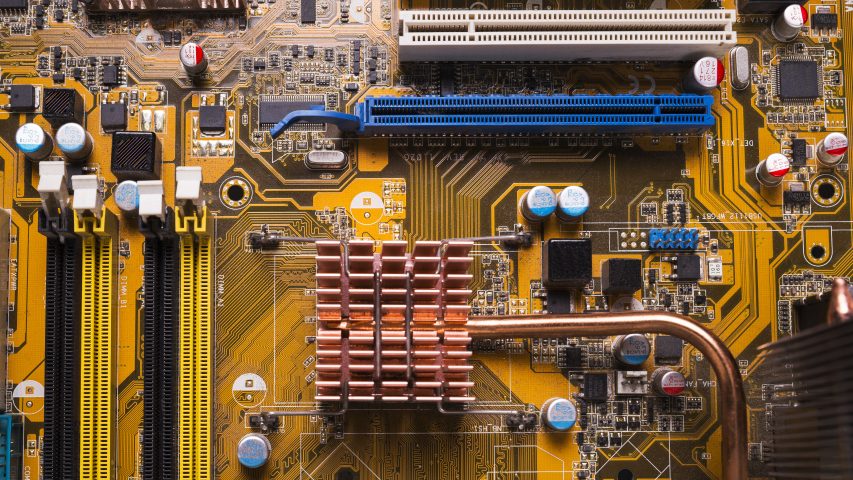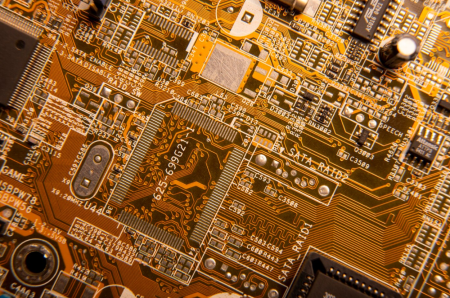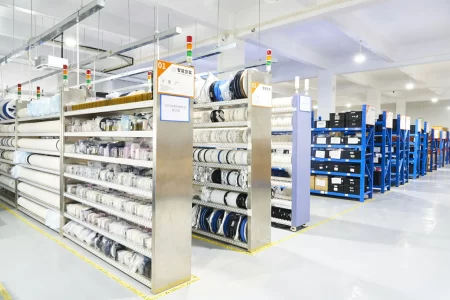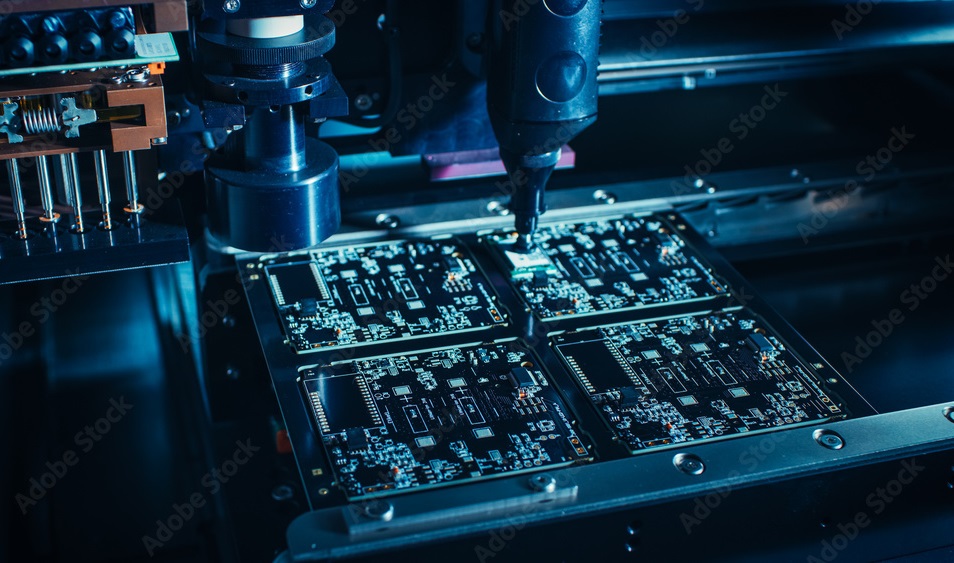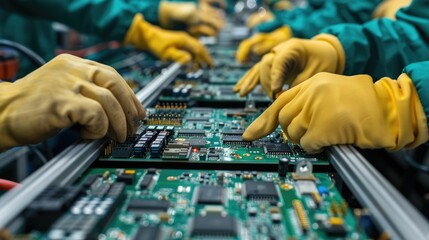Flexible printed circuit boards (flex PCBs) enable innovative product designs but come with unique assembly challenges. As a leading flex PCB assembly manufacturer, XPCB LIMITED understands these hurdles firsthand. This informative guide shares their lessons on conquering common issues and optimizing the assembly process.
Bend Testing Reveals Weak Spots
One initial step is bend testing prototypes to identify potential failure points. Areas of high stress concentration like tight bend radiuses require reinforcement. Conversely, too much material causes stiffness defeating the purpose of flexibility. Technicians carefully evaluate designs through repeated flexing to catch weaknesses early on. From there, adjustments prevent problems down the line.
Laying the Foundation for reliability
A robust foundation starts with high-quality flex PCB fabrication. Poorly etched or scratched traces may crack during assembly or use. Wavy or uneven surfaces also complicate component mounting. By using advanced etching and inspection equipment, manufacturers like XPCB LIMITEDensure pristine flex circuits to build upon. This attention to detail forms the structural integrity assemblies depend on.
Tackling Troublesome Components
Some components pose unique mounting challenges on flex boards. Surface-mount IC packages, for example, are more prone to shifting during reflow on flexible substrates. Technicians address this by using fine-pitch stencils and pastes for precision placement. They may also selectively reinforce areas or add auxiliary locating features. Through testing multiple approaches, optimization occurs.
Conformal Coatings: More than Meets the Eye
Depending on the operating environment, additional protective measures become necessary. Conformal coatings provide a cost-effective solution, sealing assemblies from moisture, chemicals and other contaminants. However, on flex PCBs, application uniformity is critical. Excess material may crack during flexing, while voids undermine the purpose. Leading assemblers take care to apply thin, controlled amounts for maximum protection.
Automation Advances Flex PCB Assembly Efficiency
To improve throughput and precision demands, automated assembly equipment plays a key role. Pick-and-place machines, for example, delicately handle components on curved surfaces without damage. Vision systems also precisely place parts even on complex geometries. Meanwhile, advances in flex-compatible tooling allow for more complete line integration. As a result, assemblers optimize processes through automation while maintaining quality standards.
Overcoming Obstacles with Improved SMT Stencils
Surface mount technologies (SMT) bring unique challenges to flex boards versus rigid boards. Stencils must conformably deposit pastes on wavy surfaces without bridging or smearing. Laser-cut stencils made of appropriate alloy help maximize pattern quality and paste release. Assemblers continually refine stencil designs through testing to tackle even minuscule bend radiuses. Their expertise solves SMT issues that might otherwise reduce yields.
Tailoring Reflows for Flexibility
The reflow soldering process also requires special consideration on flex circuits. Due to their material properties, they have different thermal profiles versus rigid boards. Assemblers carefully tune furnace settings like peak temperature and belt speed. They also select high-quality, flexible-formulated pastes tested to reflow smoothly without separating or forming solder balls. By paying close attention to these profile variables, quality reflows occur.
Ensuring Reliability through Environmental Testing
No assembly is complete without confirming reliability under real-world use. Assemblers subject prototypes and production runs to stringent environmental testing. This includes high/low temperature storage, temperature cycling, humidity exposure, drop tests and more. Through testing, they identify weaknesses like cold joints or moisture ingress points for remediation. Customers gain assurance flex assemblies will stand up to product use abuse cycles.
Closing Quality Gaps with Automated Inspection
With flex boards, visual inspection presents challenges compared to rigid boards. Curvature and component placement variability demands enhanced capabilities. Automated optical inspection tools capture high-resolution images from multiple angles to catch even subtle defects. AI-based systems also identify quality issues like solder bridges or delamination with greater accuracy. Inspection automation helps assemblers consistently meet the most stringent quality expectations.
Exceeding Expectations through Continuous Improvement
Even experienced flex assemblers like XPCB LIMITED understand process optimization as an ongoing effort. They welcome challenges that push solutions further. By actively collaborating with customers and gathering production data, continual enhancements occur. Minor modifications such as changing stencil designs or increasing conformal coating thicknesses in critical areas make a difference. The goal is flex PCB assembly performed with consistent quality and reliability.
For the Most Demanding Flex PCB Assembly Needs, Trust XPCB LIMITED
Whether prototyping a new design or ramping up high-volume production, XPCB LIMITEDleverages years of flex PCB assembly expertise. With complete in-house capabilities from fabrication to testing, they ensure a seamless process. Customers gain confidence knowing their flex circuits are in reliable hands. To learn more about partnering with XPCB LIMITED or get a free assembly quote, visit www.xpcb.com or contact a representative today. Reliable flex shouldn’t need to be flexible on quality.

